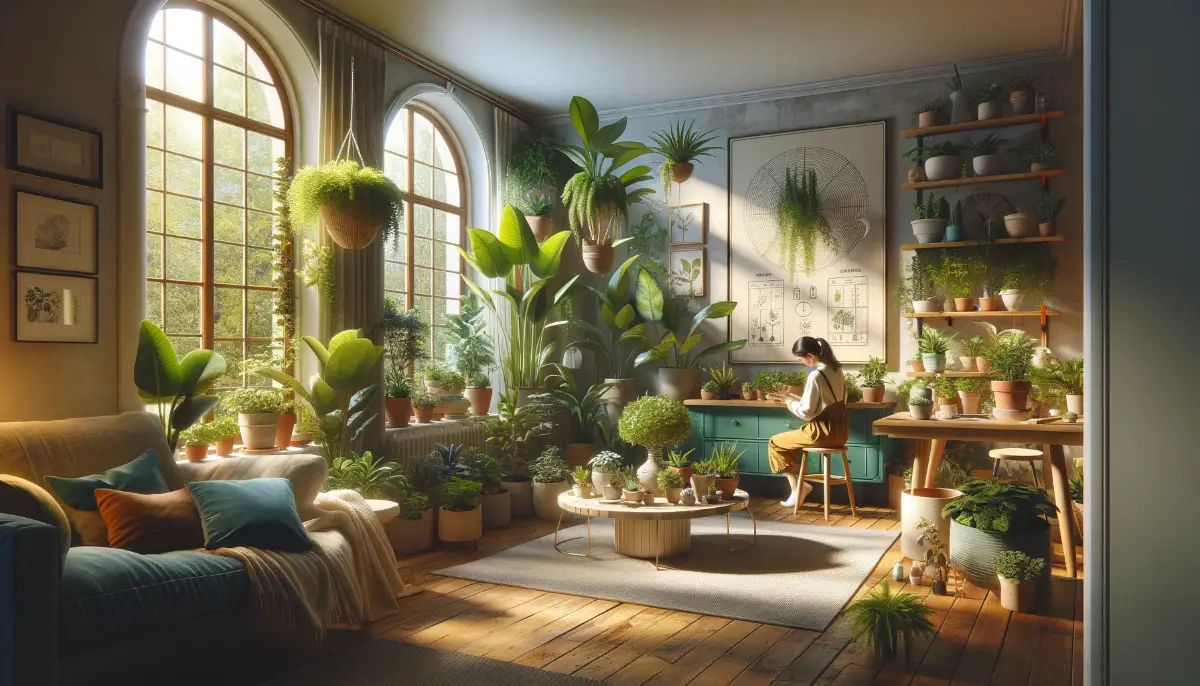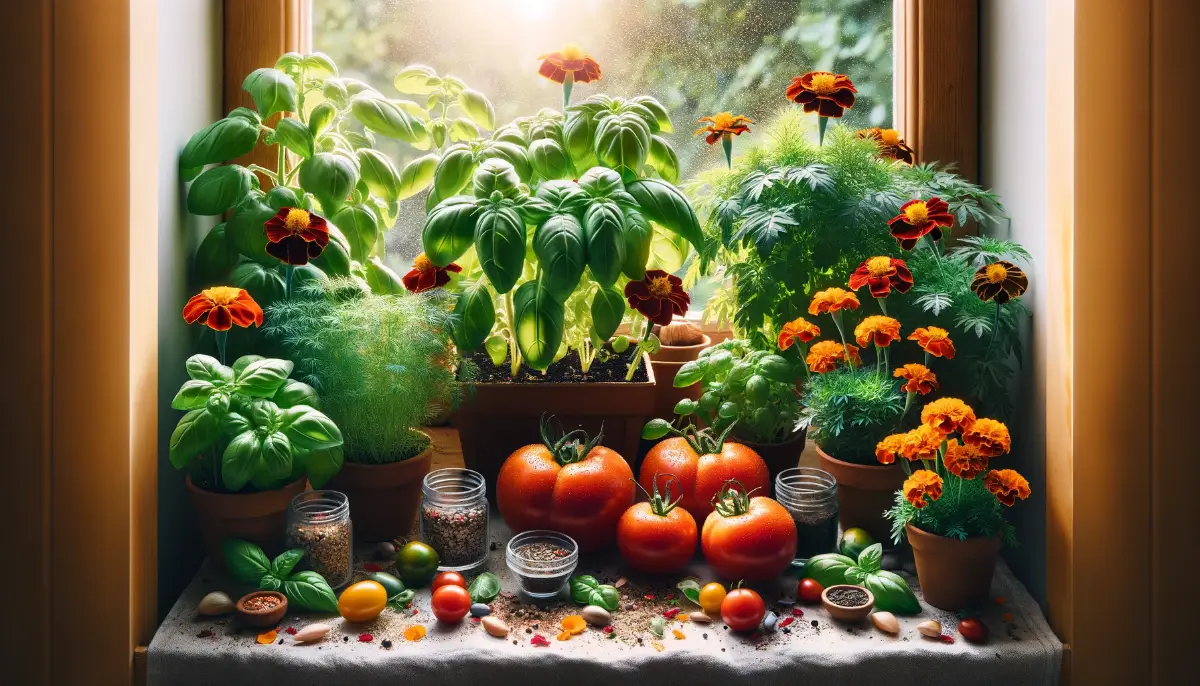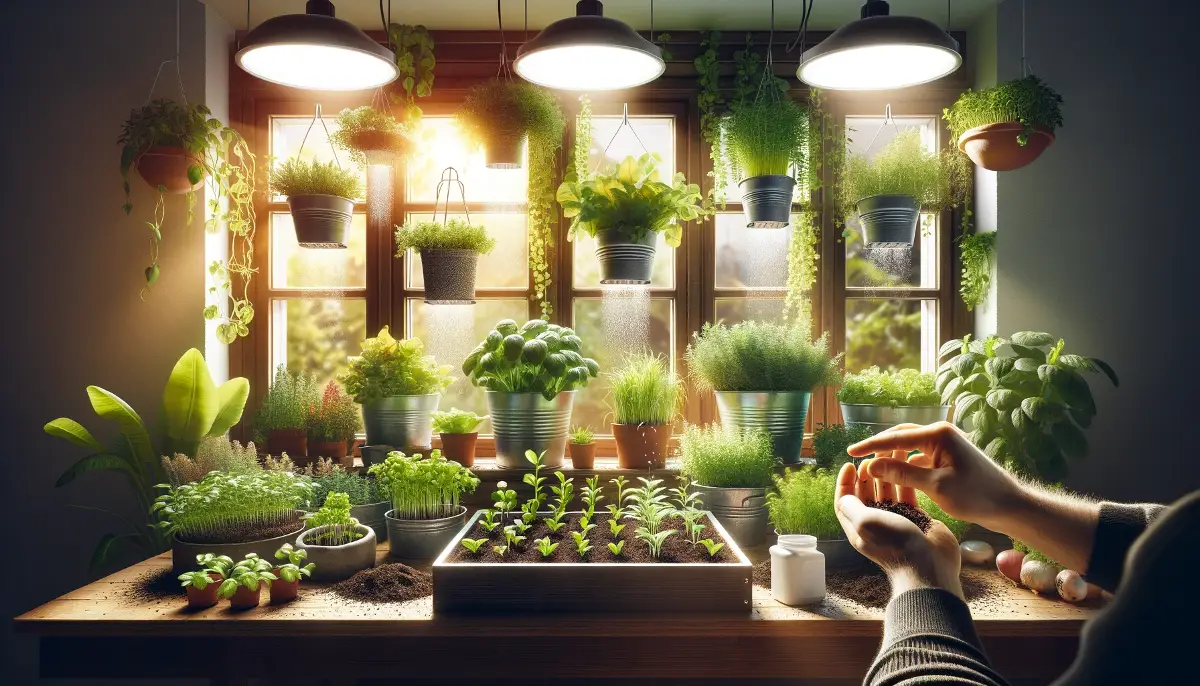Introducing plants to your indoor space or garden transforms it into a haven of well-being, showcasing thoughtful care and nature’s enchanting touch. This essential aspect of indoor gardening is not merely about infusing your space with greenery but crafting an environment that resonates with vitality and serenity. Purchasing plants, especially for first-time owners, becomes an enriching journey with the right guidance. Armed with tips for first-time owners, you’ll discover what to seek and master the art of nurturing your verdant companions, ensuring they flourish in their new home.
- Assess the environmental needs of plants and match them with your living space.
- Be mindful of your lifestyle and choose plants that align with your care capacity.
- Inspecting plants before purchasing them is crucial to avoid introducing pests or diseases to your home.
Pre-Purchase Considerations
Understanding Your Space
Before you even think about buying plants, take a good look at your space.
How much natural light does it receive?
Are some areas more shaded than others?
Plants thrive under specific light conditions, so knowing your space’s lighting is essential.
For instance, succulents and cacti prefer bright, direct light, while ferns and pothos can flourish in lower light conditions.
Space constraints are another consideration. Large plants like fiddle leaf figs make bold statements but require ample room to grow. Conversely, small succulents or air plants are perfect for tighter spaces.
Knowing Your Plant Zones
The Plant Hardiness Zone Map is a gardener’s best friend. It guides you on what plants are best suited for your area’s climate.
Understanding your zone can prevent the heartache of losing plants to unfavorable winter temperatures.
Assessing Your Lifestyle
Your lifestyle plays a significant role in the type of plants you should consider. If you travel often or lead a busy life, low-maintenance plants such as snake plants or ZZ plants may be your best bet. Conversely, if you enjoy plant care and have time to dedicate to it, you might venture into more high-maintenance varieties like calatheas or orchids.
Remember, some plants, like lilies or sago palms, are toxic to pets. Always check plant safety if you have furry friends roaming your home.
Plants aren’t just decorative items; they’re living beings that require care and attention. By understanding your space, knowing your plant zones, and assessing your lifestyle, you can ensure that your plant buying experience is both successful and rewarding.
Making the Purchase
Where to Buy Plants
When it comes to buying plants, you have a couple of options: local garden centers and online shops. Local nurseries offer the advantage of being able to see and touch the plants before buying them. Staff at these nurseries are often very knowledgeable and can provide personalized care tips. Plus, you’re supporting local businesses.
Online shops have made plant buying more accessible than ever, offering a wide variety of plants that might not be available locally. However, buying plants online means you can’t inspect them before purchase, so it’s crucial to buy from reputable sources with good return policies.
Inspecting Plants Before Buying
Inspecting plants before you bring them home is crucial. Look for vibrant, green leaves (unless the plant’s foliage is naturally another color), and avoid plants with yellowing leaves, spots, or signs of pests. Gently check the underside of leaves for any hitchhiking bugs.
A healthy plant should have firm, robust foliage. Wilting, brown edges, or limp leaves often indicate neglect, overwatering, or disease. Don’t be afraid to gently slide the plant out of its pot to inspect its roots. Healthy roots are typically white or light-colored and should feel firm, not mushy.
Acclimating Your New Plant
Bringing a new plant home from a nursery or after it’s been shipped to you requires a period of acclimatization. Plants can experience shock when moving from one environment to another. To ease this transition, place your new plant in a similar lighting condition as its previous one and gradually move it to its new location over a week or two.
Watering plays a key role during acclimatization. Research the specific water needs of your new plant. Some prefer to dry out completely between waterings, while others like a more consistent moisture level.
By choosing the right place to buy, thoroughly inspecting plants for health, and properly acclimatizing them to your home, you ensure that your new green friends have the best start in their new environment. Remember, the key to a thriving plant collection is not just about the initial purchase but about ongoing care and attention.
As you embark on your plant buying journey, keep these tips in mind to build a healthy, vibrant indoor garden that brings life and joy to your space.
FAQs: Buying and Caring for Plants
What are the best plants for beginners?
Succulents, snake plants, ZZ plants, and spider plants are great for beginners because they require minimal care and are forgiving of occasional neglect.
How often should I water my plants?
Watering frequency depends on the plant species, the environment, and the season. A general rule is to check the soil moisture level; water when the top inch of soil feels dry to the touch for most houseplants.
Can I buy plants online safely?
Yes, you can safely buy plants online from reputable nurseries and plant shops. Look for sites with positive reviews and clear policies on shipping and returns.
How do I choose a healthy plant at a nursery?
Look for plants with vibrant, green foliage (unless the plant is naturally a different color), no signs of pests or diseases, and white or light-colored roots if you can check them.
What should I do if my plant’s leaves start turning yellow?
Yellow leaves can indicate overwatering, underwatering, or a nutrient deficiency. Assess your watering routine and the plant’s light exposure, and adjust as necessary.
Are there plants that are good for air purification?
Yes, some plants like the snake plant, peace lily, and spider plant are known for their air-purifying abilities, removing toxins from the air.
How can I tell if a plant is toxic to pets?
Before buying a plant, research its toxicity, especially if you have pets. The ASPCA offers a comprehensive list of plants that are toxic and non-toxic to pets.
What’s the difference between direct and indirect light for plants?
Direct light means the sun’s rays fall directly on the plant, often seen in south-facing windows. Indirect light is bright but not direct; east or west-facing windows usually provide this light.
How do I report a plant?
Choose a pot that’s slightly larger than the current one. Gently remove the plant, loosen its roots, and place it in the new pot with fresh potting soil. Water it well after repotting.
Can I keep a plant in its original pot?
Plants can stay in their original pots until they outgrow them. Signs a plant needs repotting include roots growing through the drainage holes or the plant becoming top-heavy.









